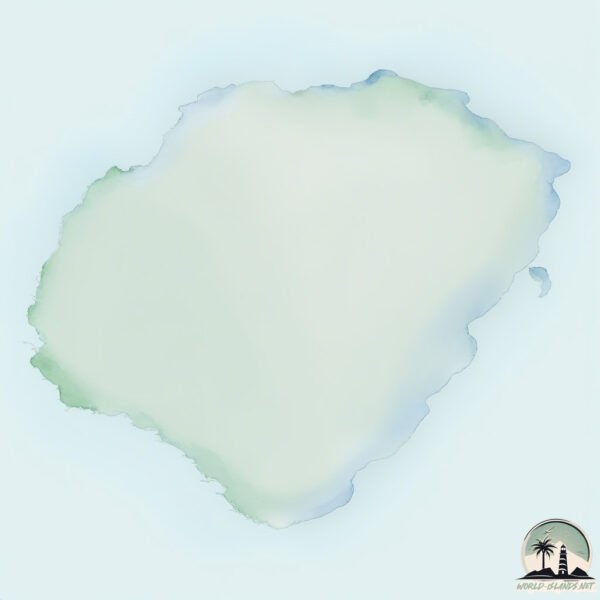Mansel

Welcome to Mansel, a Polar island in the Hudson Bay, part of the majestic Arctic Ocean. This guide offers a comprehensive overview of what makes Mansel unique – from its geography and climate to its population, infrastructure, and beyond. Dive into the details:
- Geography and Size: Explore the island’s size and location.
- Climate and Weather: Weather patterns and temperature.
- Topography and Nature: Uncover the natural wonders of the island.
- Infrastructure and Travelling: Insights on reaching, staying, and making the most of your visit.
- News and Headlines: Latest News.
Geography and size of Mansel
Size: 3162 km²
Coastline: 422 km
Ocean: Arctic Ocean
Sea: Hudson Bay
Continent: North America
Mansel is a Very Large Island spanning 3162 km² with a coastline of 422 km.
Archipel: Canadian Arctic Archipelago – A vast and remote region in northern Canada, consisting of a series of large and small islands known for their extreme Arctic environment and unique wildlife.
Tectonic Plate: North America – Covers North America and parts of the Atlantic and Arctic Oceans, characterized by diverse geological features and varying levels of seismic activity.
The geographic heart of the island is pinpointed at these coordinates:
Latitude: 62.02802154 / Longitude: -79.78014226
Climate and weather of Mansel
Climate Zone: Polar
Climate Details: Tundra
Temperature: Cold
Climate Characteristics: The tundra climate features long, extremely cold winters and short, cool summers. Vegetation is limited to mosses, lichens, and small shrubs due to the low temperatures and short growing seasons. Biodiversity is low, but some specialized species thrive.
Topography and nature of Mansel
Timezone: UTC-05:00
Timezone places: America/New_York
Max. Elevation: 87 m
Mean Elevation: 11 m
Vegetation: Sparse Vegetation
Tree Coverage: 11%
The mean elevation is 11 m. The highest elevation on the island reaches approximately 87 meters above sea level. The island is characterized by Plains: Flat, low-lying lands characterized by a maximum elevation of up to 200 meters. On islands, plains are typically coastal lowlands or central flat areas.
Dominating Vegetation: Sparse Vegetation
These regions have limited plant growth, typically due to extreme conditions like aridity or poor soils. Vegetation is scattered and consists of hardy plant species. Mansel has a tree cover of 11 %.
Vegetation: 6 vegetation zones – Very Highly Diverse Island
Islands in this range are ecological powerhouses, showcasing a wide array of vegetation zones. Each zone, from lush rainforests to arid scrublands, coastal mangroves to mountainous regions, contributes to a complex and interdependent ecosystem. These islands are often hotspots of biodiversity, supporting numerous species and intricate ecological processes.
Infrastructure and Travelling to Mansel
Does the island have a public airport? no.
There is no public and scheduled airport on Mansel. The nearest airport is Ivujivik Airport, located 150 km away.
Does the island have a major port? no.
There are no major ports on Mansel. The closest major port is POND INLET, approximately 1191 km away.
The mean population of Mansel is 0 per km². Mansel is Uninhabited. The island belongs to Canada.
The name of the island resonates across different cultures and languages. Here is how it is known around the world: Arabic: جزيرة مانسيل; German: Mansel Island; Spanish: Isla Mansel; French: île Mansel; Portuguese: Ilha Mansel; Russian: Мансел; Chinese: 曼塞爾島
Continuing your journey, Fraser Island is the next notable island, situated merely km away.
Canada is classified as Developed region: G7: Group of Seven – Major advanced economies, including Canada, France, Germany, Italy, Japan, the United Kingdom, and the United States. The level of income is High income: OECD.
News – Latest Updates and Headlines from Mansel
Stay informed with the most recent news and important headlines from Mansel. Here’s a roundup of the latest developments.
Social Media Posts about Mansel
Please note: The data used here has been primarily extracted from satellite readings. Deviations from exact values may occur, particularly regarding the height of elevations and population density. Land area and coastline measurements refer to average values at mean high tide.
